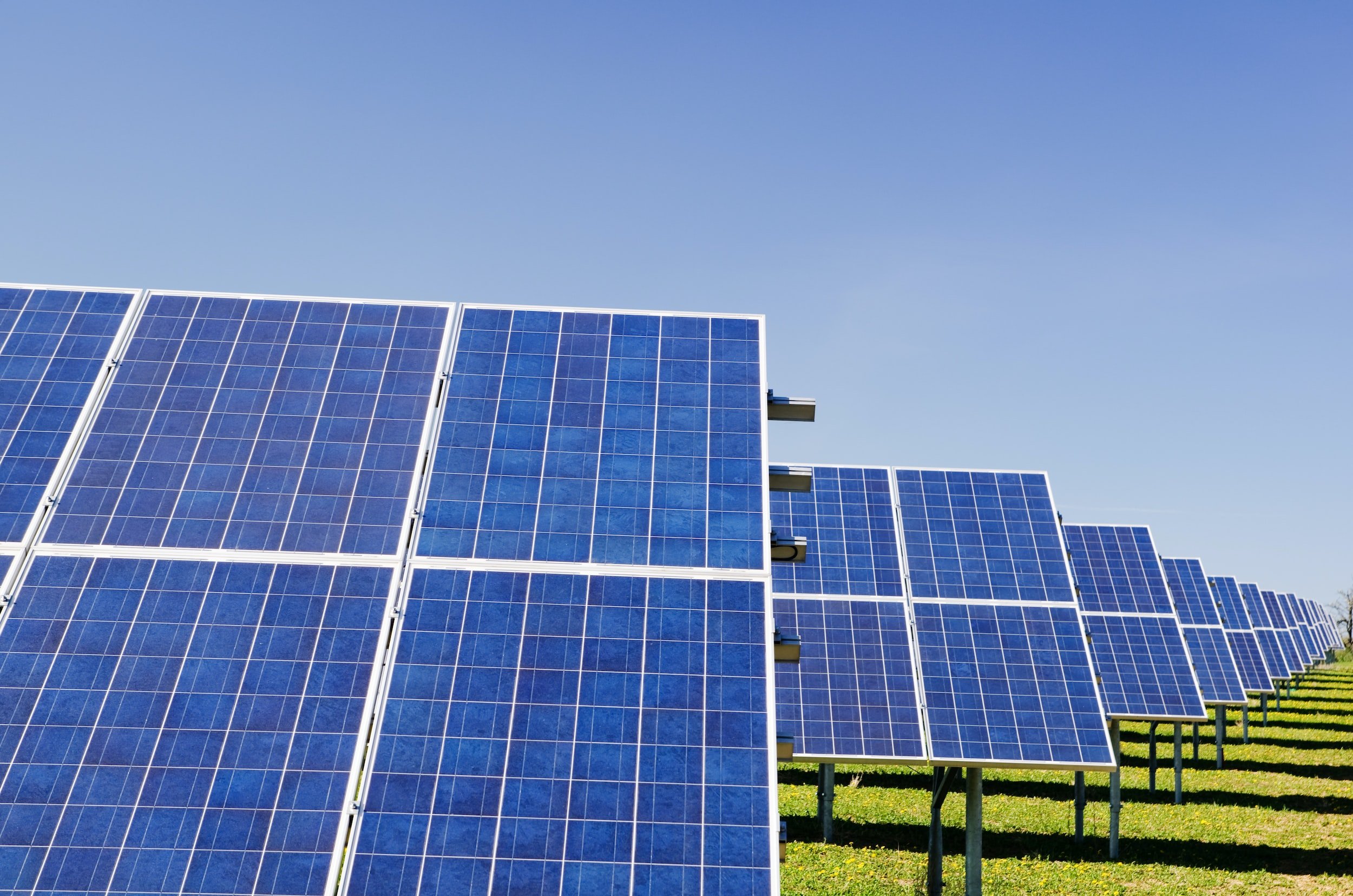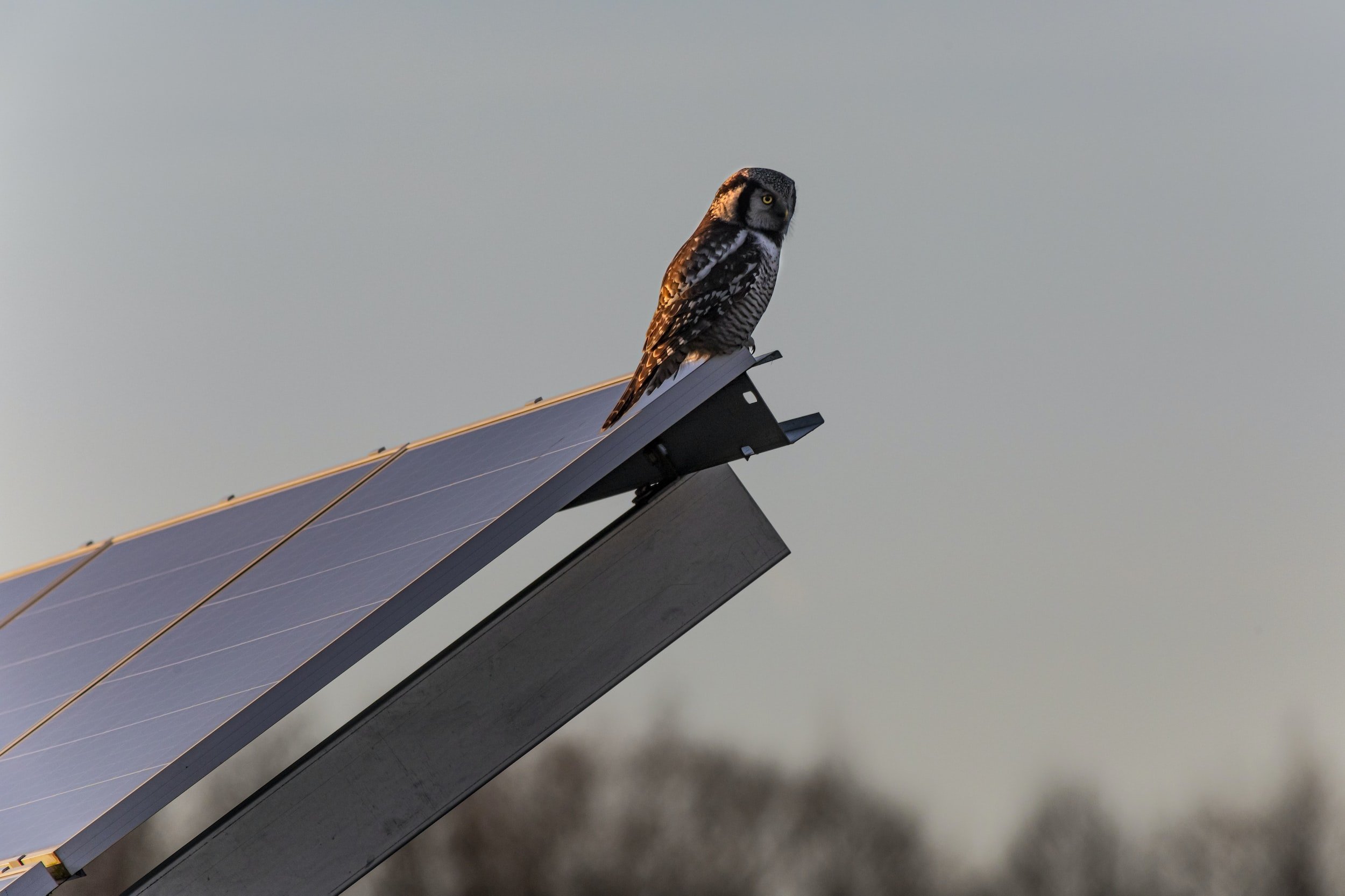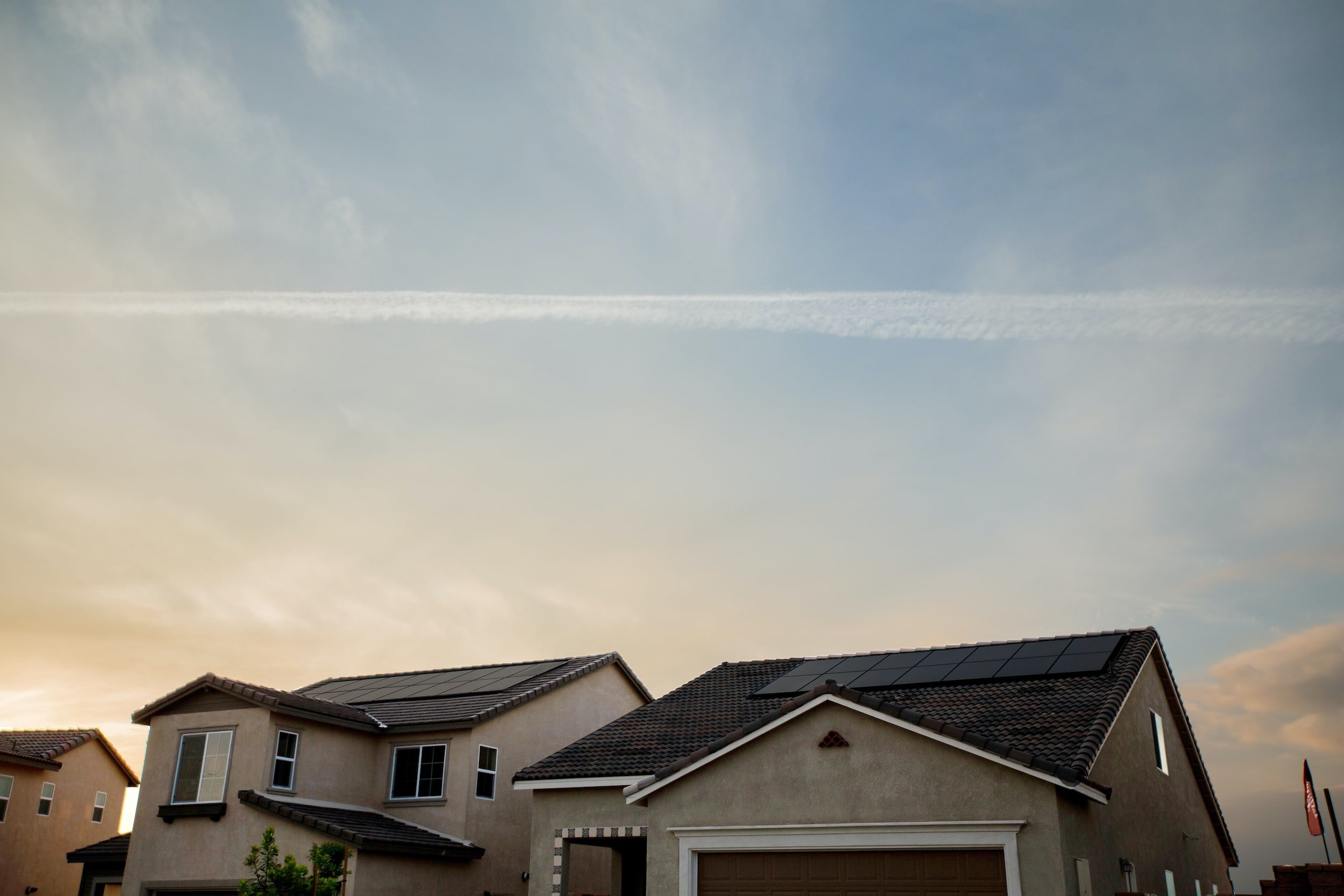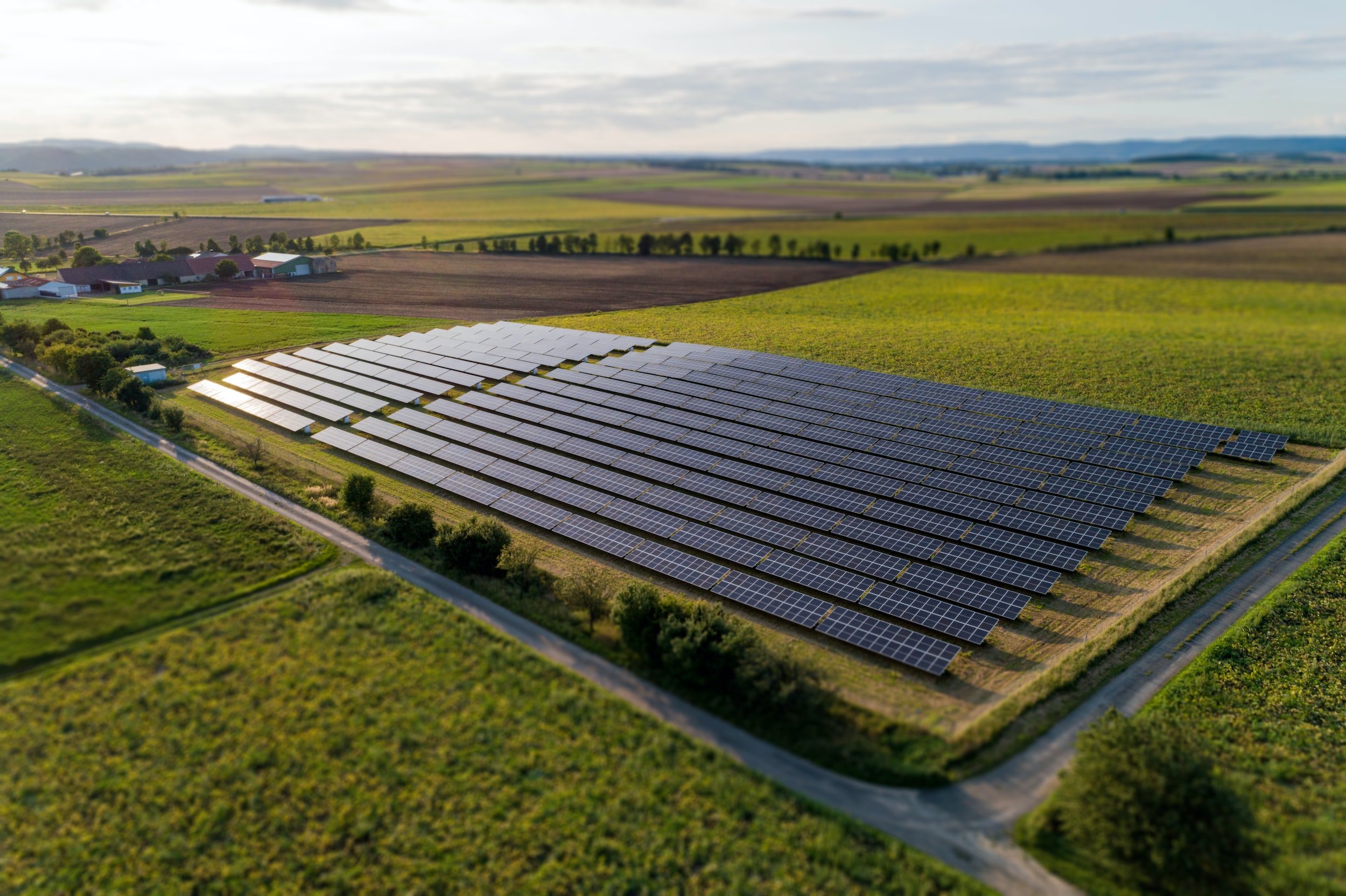Solar panels - is it all ‘sunshine and Rainbows’?
You may be considering buying or selling a house with solar panels on the roof but there are lots of things you and your Conveyancer will need to consider, to ensure your sale or purchase proceeds as ‘cloud free’ as possible.
Types of Solar Panel Ownership
There are two main types of Solar Panel ownership.
Solar Panels are either owned outright by the homeowner, or the roof space or Solar Panel system is leased from the homeowner (landlord) to the Solar Panel provider (tenant).
Under the lease agreement there will be various terms and obligations which both the homeowner and Solar Panel provider must comply with. These obligations cover a wide range of topics including repairing, insuring and removal obligations.
If the homeowner owns the Solar Panels, then selling is relatively straightforward. However, if the Solar Panels are owned by the Solar Panel provider (and the roof space is leased from the homeowner) there are several further checks which your Conveyancer must carry out.
Feed-in-Tariffs
The Government used to offer payments to homeowners who used renewable energy i.e., solar panels, to create extra electricity to power their home. This was known as the Feed-in-Tariff scheme. Whilst the Government has now ended the Feed-in-Tariff scheme, some properties still benefit from the scheme with some agreements having been granted for 15-25 years.
If the Solar Panels are held under a lease, then the Solar Panel provider most probably installed the Solar Panels for free and then benefitted from the Feed-in-Tariff payments with the homeowner receiving the free electricity.
Selling/buying a property with Solar Panels that are owned outright
If you are selling your home, then you will most likely choose to sell the property along with the Solar Panels that are in place. The estate agent will most likely have marketed the property to include the Solar Panels and value is likely to have been added to the property as a result. Should you choose to sell your property excluding the Solar Panels then (aside from needing a very big suitcase) you must ensure that you make good any damage caused by the removal and ensure the buyer or prospective buyer is aware that they are not included. You must also make sure that you look into the cost of removing and re-installing the Solar Panels, which could be very costly, and you will also likely need new building regulation/installation permissions at the new property.
You will need to provide your Conveyancer with various documents regarding the Solar Panels including the Building Regulation Installation Certificate, Microgeneration Certification Scheme (MCS) certificate, installation warranty and contact details of who installed them.
If the property benefits from Feed in Tariff payments, and the seller is leaving the Solar Panels at the property on sale (most likely), the entitlement to these payments can usually be transferred to the buyer.
The buyer’s solicitors will need to review the documentation provided by the seller’s solicitors to ensure the Solar Panels were installed to a satisfactory and legal standard. If the buyer is using mortgage finance, then the lender may or may not have requirements surrounding owned solar panels. The buyer may also ask you to clean and service the Solar Panels before completion!
Selling/buying a house with a lease of the roof space
When selling a property with a lease in place, your Conveyancer will provide the lease documentation to the buyer’s solicitors along with some of the usual documents mentioned above.
As well as some of the above considerations, buyer’s solicitors will need to investigate several issues when dealing with leased roof space. For example, if the buyer is having a mortgage, the mortgage lender will almost certainly have requirements and criteria regarding the Solar Panel lease. For example, mortgage lenders may want the buyer’s solicitors to do the following:
1. Provide a copy of the Solar Panel lease.
2. Ensure the lease contains a right for the mortgage lender to terminate the lease upon a certain notice. Following the notice, the mortgage lender will likely want the Solar Panel provider to remove the Solar Panels and make good the damage.
3. Ensure that the lease contains a right for the mortgage lender to terminate the lease because of its exercising its power of sale in repossession proceedings.
Some lenders require the terms of the lease to be changed to satisfy their requirements. If this is required, then the buyer’s solicitors will inform the seller’s solicitors who will contact the owner of the Solar Panels (the tenant) to find out their requirements for the change to the lease.
We can help!
No matter what the setup, Emmtoria Law are here to help. We will ensure that the process is as smooth and stress-free as possible. Whether you are buying or selling, we are here to protect the best interests of you and your mortgage lender (if relevant).
Give us a call today on 0330 056 5820 or use our Contact Form or Conveyancing Quotation form.






